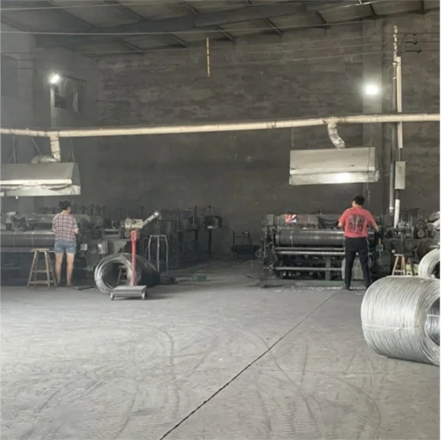the barbed wire fence
The Barbed Wire Fence A Symbol of Division and Protection
The image of a barbed wire fence conjures various emotions and interpretations, standing as a poignant symbol in both historical and contemporary contexts. Originally designed for livestock management, barbed wire fences have evolved into powerful markers of division, security, and sometimes even oppression. Their sharp, protruding points serve as a reminder of the boundaries we establish, whether they are physical, emotional, or political.
Barbed wire was first patented in the United States in the late 19th century. It revolutionized cattle ranching by providing an effective, inexpensive means to contain livestock. However, its utility soon transcended agriculture. As industrialization progressed and populations surged, the line between personal property and public land became blurred. Barbed wire fences emerged as a means to delineate these boundaries, often resulting in conflicts over land ownership and access. Farmers, ranchers, and settlers utilized this fencing to protect their investments, while native populations found their migration paths restricted, leading to heart-wrenching displacements.
In the 20th century, the use of barbed wire took on a darker significance. During times of war and conflict, it became synonymous with imprisonment and segregation. Barbed wire was used to confine prisoners of war, as well as civilians deemed undesirable by authoritarian regimes. The chilling sight of barbed wire fences surrounding concentration camps during World War II is a haunting reminder of the capacity for human cruelty. These fences not only marked physical boundaries but also served as psychological barriers, instilling fear and helplessness in those trapped within.
the barbed wire fence

Today, barbed wire fences continue to mark territories in various ways. On one hand, they symbolize protection—preventing intruders from entering private spaces, safeguarding homes, and securing property against theft or vandalism. In rural areas, they still play a crucial role in farming and animal husbandry. On the other hand, in the context of modern immigration policies and border control, barbed wire fences are often viewed as stark reminders of exclusion and division. The U.S.-Mexico border, for example, features extensive stretches of barbed wire that serve to separate nations and people, fueling debates on human rights, immigration reform, and national security.
The dual nature of barbed wire fences—both protective and divisive—forces us to reflect on the broader implications of boundaries in society
. They challenge us to consider how we delineate ‘us’ from ‘them’, safety from threat, home from the outside world. As we engage in ongoing discussions about freedom, security, and community, the barbed wire fence remains a powerful metaphor for the complexities of human relationships and the structures we build to navigate them.In conclusion, the barbed wire fence serves not just as a physical barrier but also as a reflection of the sociopolitical landscape across time. Its implementation has both protected and divided, prompting us to confront our values, beliefs, and the ways we choose to connect—or isolate—each other in an increasingly complex world.
-
Space-Saving Chain Fence Hacks Vertical Gardening with Cyclone MeshNewsJul.16,2025
-
Innovations in Iron Nail Wire Production for Modern ConstructionNewsJul.16,2025
-
Creative Uses of Wire Netting Fence in Modern Landscape DesignNewsJul.16,2025
-
Barbed Wire Fence Innovations in Anti-Climb TechnologyNewsJul.16,2025
-
Architectural Uses of Umbrella Nails for Aesthetic Roof DesignsNewsJul.16,2025
-
Architectural Uses of Razor Barbed Wire in Secure Urban DesignNewsJul.16,2025




